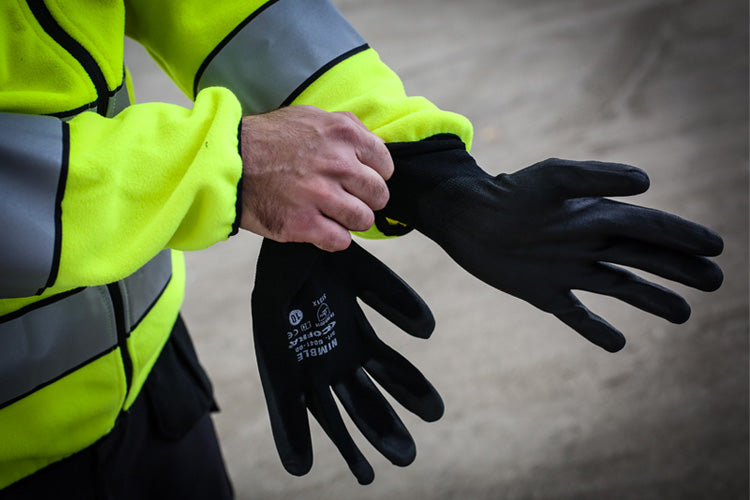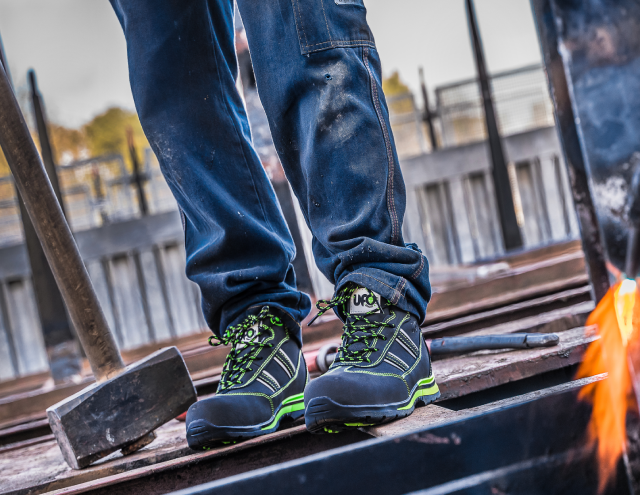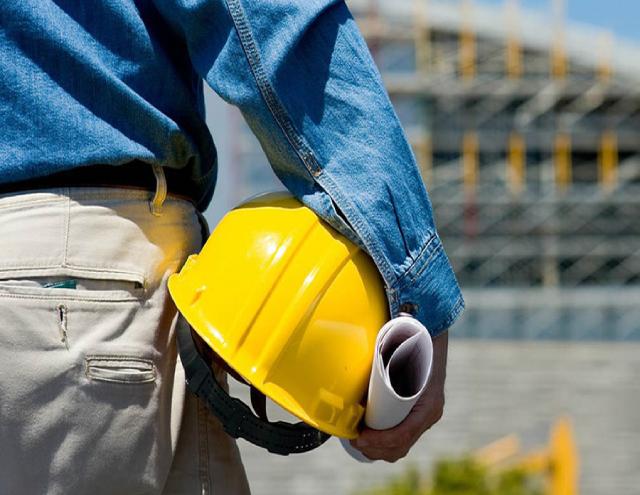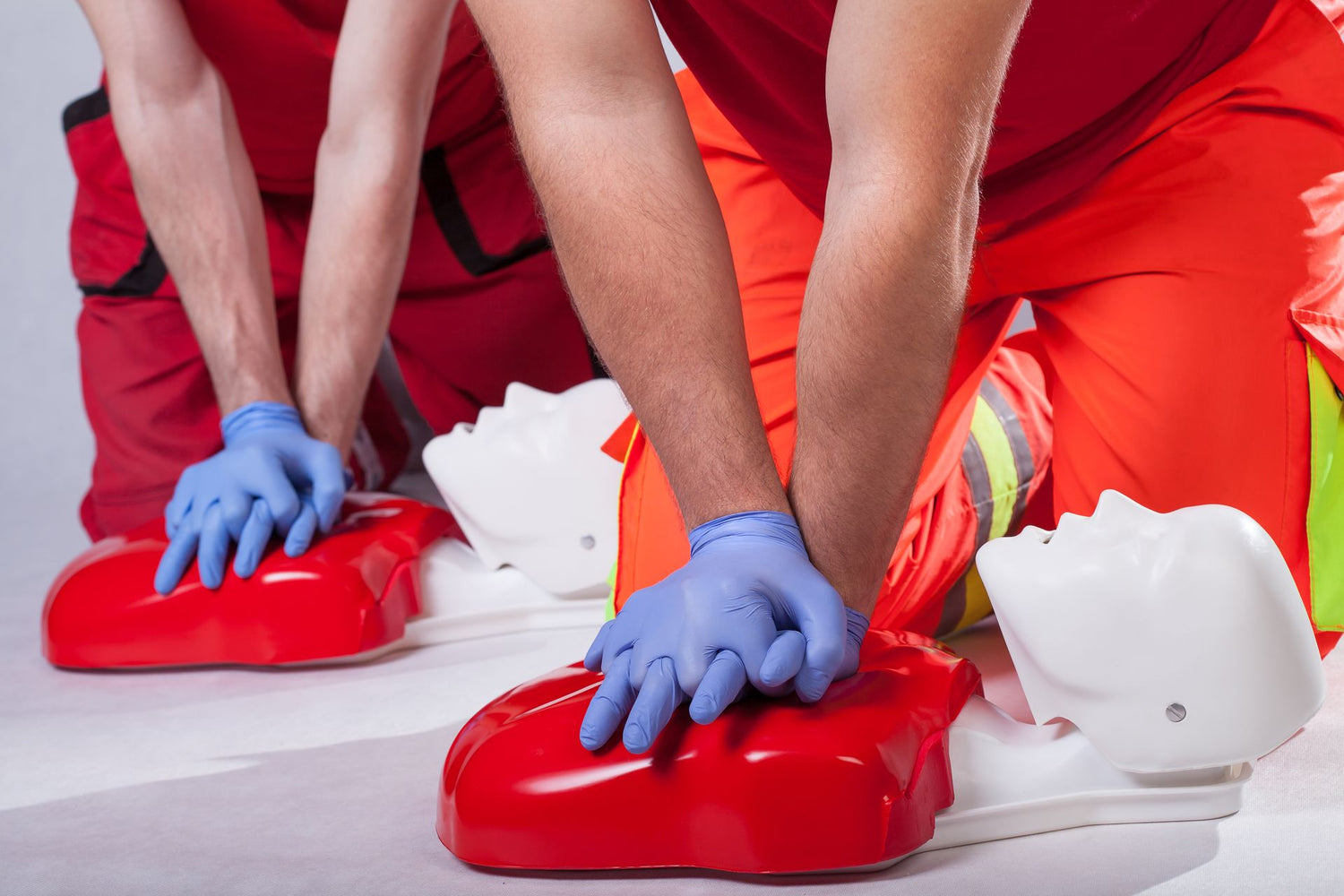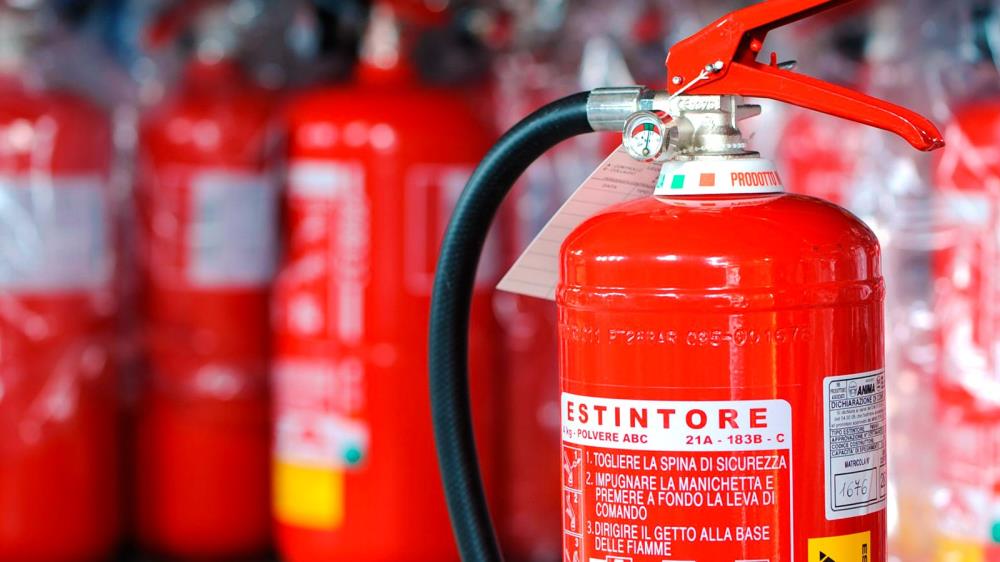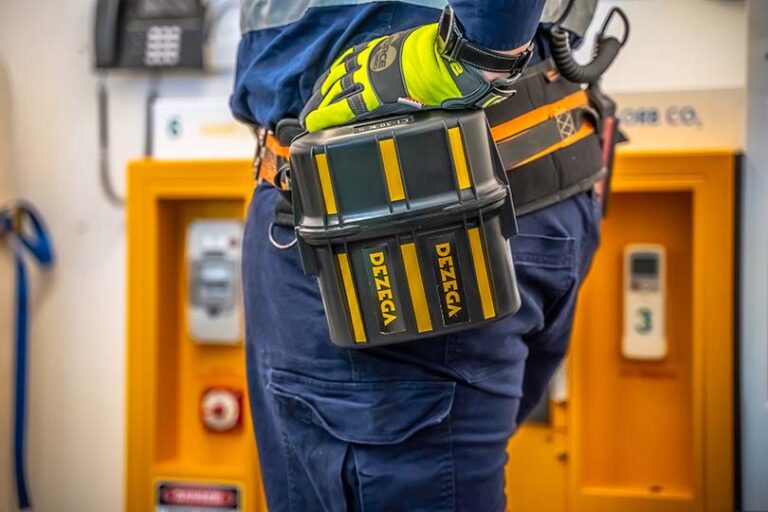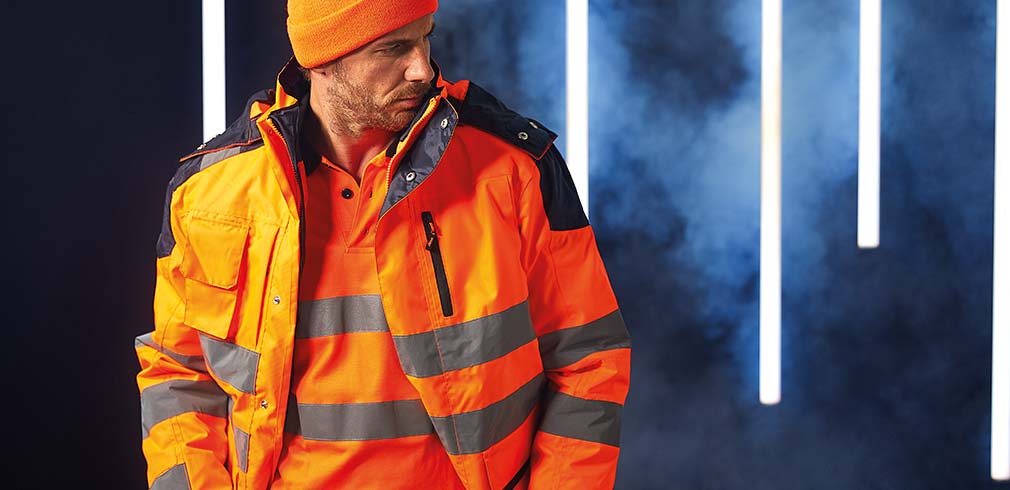In the current market, there are a multitude of types of protective and safety gloves. The use of this personal protective equipment, better known as PPE, is also part of the Regulatory Standards and serves to protect against various risks, whether mechanical, chemical, biological or otherwise, as well as preventing accidents in the workplace.
To help you make the best choice for your business and your employees, we've prepared this article on safety gloves and some of their various types and uses.
Enjoy the reading!
What are safety gloves and what are they for?
The gloves are classified according to each criterion of use, manufacture, type of protection, thickness, materials used, among other aspects, and integrate protective devices in places where the work requires contact with abrasive products, cuts, perforations, chemical and biological agents. Importantly, in addition to protection, they must offer practicality, both for handling objects and for putting them in or out of hands.
Why is it important to choose protective gloves correctly?
Choosing the right protective glove is essential to be less likely to be affected by an accident in the workplace. Also, when you choose quality equipment, you prevent items from failing due to manufacturing defects.
So, when choosing this item, pay attention to the manufacturer's name of the glove. Purchase material only from companies referenced in the sector. You also need to pay attention to the expiration date of the product. Likewise, you should be aware of the CA (Certificate of Approval), which has to be legally renewed after the necessary item tests have been redone.
How do safety gloves protect your hands?
The protection of safety gloves is directly connected to the hands and, in some situations, also to the upper limbs. In other words, it is a PPE for individual use that must be used in pairs when the employee performs his duties. Among the main risks that safety gloves can reduce or permanently eliminate are:
- mechanical risks: cut, abrasion and perforation;
- physical risks: burns and electric shocks;
- chemical risks: exposure to substances that can generate health risks, such as chloroform and formaldehyde;
- biological risks: fungi, bacteria, viruses, protozoa, parasites, bacilli and others.
Therefore, it is possible to perceive that employees take various risks in the performance of their duties and that, many times, they are not given due importance. Thus, the use of gloves at this time can prevent irreversible damage to the health, physical integrity, safety and well-being of team members.
What types of safety gloves?
Mesh, neoprene, PVC and latex gloves – there are many options. The parts can be disposable or reusable, it all depends on the needs of your production. Therefore, a specific use is recommended for each case, as well as the correct reading of the manufacturer's guidelines regarding how to store and use. Durability depends on the risk to which the material is exposed and the activities that will be carried out.
Check out the types of gloves for each situation below.
1. Neoprene gloves

Neoprene gloves are made from synthetic rubber, which replaces natural rubber. They have excellent resistance to high and low temperatures, are waterproof and dry quickly when wet. They are also light, malleable, non-slip and facilitate the handling of various materials. They are widely used in the automotive, chemical, cleaning and food industries.
2. Latex gloves
Malleable and comfortable , latex gloves do not damage the touch and prevent the penetration of liquids. Its use is recommended for the agro-industrial, hygiene and cleaning industries.
3. PVC gloves

With good resistance against chemicals, abrasives and cuts, PVC gloves are used for handling acids, lubricating parts, contact with corrosive materials, civil construction , glass wool, heavy cleaning, among others.
4. Knitted gloves
Used in general services, knitted gloves offer comfort and good breathability, as well as protection against abrasive and burning agents. They are available with or without pigmentation and with yarn variation, as well as providing great flexibility for handling the pieces.
5. Nitrile gloves
Made from synthetic rubber, nitrile gloves are versatile and resistant to various chemicals and abrasives. They are ideal for jobs in the automotive, construction, furniture, chemical and food industries. Disposables can be used in the cash handling, beauty, hospitals, clinics and fruit and vegetable processing sectors. Already reusable, in the application of paints, varnishes, solvents, greases and waxes.
6. Cowhide gloves

For professionals performing heavy and abrasive service, cowboy gloves may be most appropriate. Usually, they are used in civil construction segments, among other areas.
7. Scrape the glove
Anti-scratch gloves are those indicated for activities carried out in civil construction, loading and unloading of materials, mining, the furniture industry, assembly of metallized structures and other general maintenance. Among its main purposes is the protection against scratches.
8. Latex glove and tissue support
Textile support gloves receive a latex bath/coating. They are reusable and suitable for jobs requiring increased mechanical protection, such as handling and handling building materials, rebar, rope, cable, scaffolding, carpentry and joinery, framing, masonry, tile and tile laying, waste collection, recycling, agriculture , gardening and landscaping, among others. In many cases they replace scraper gloves and cowhide. Furthermore, they last longer and can be sanitized.
When is it necessary to change the protective glove?
The replacement of the protective glove depends on several factors, one of which is the expiry date. In the case of latex gloves, the shelf life is approximately 2 years from the date of manufacture. Nitrile gloves, for example, have a 5-year expiration date. However, other requirements may require you to make this change. Are they:
- product change;
- bumps, tears and broken parts;
- when the glove no longer has good functionality, by the way.
Therefore, if the practitioner experiences any of these problems, the material should be returned for analysis so that the problem can be identified. Therefore, if necessary, PPE must be replaced at no cost to the employee. If this substitution is not carried out, either through negligence or inattention on the part of the worker or the company, the worker's safety may be compromised. Which can cause serious damage to the health of this professional.
What are the best safety glove tips?
There are certain practices that must be adopted to keep the safety glove in perfect condition. See the main ones:
- always observe the manufacturer's guidelines regarding the use, hygiene and storage of gloves;
- avoid industrial washing, one of the best options is running water and neutral soap. As for drying, it should be done in the shade;
- the object must be removed by the handle and turned upside down, so that the inside is ventilated, remains dry and prevents the proliferation of bacteria;
- durability will depend on the risk to which the material will be exposed, the activities performed and the frequency of use.
How to choose the right safety glove for your needs?
As already mentioned, gloves used as personal protective equipment help to protect the employee in the face of the most varied risks. In this case, the nature of the risk and the functions performed by the worker will indicate the suitable model and material for the creation of the PPE that will be used. The diversity of possible hand injuries and damage also makes it easier to identify which type of glove to buy.
It is essential that the item used by employees is always one specifically developed for the risks and activities encountered in the workplace. Only in this way will it be possible to maintain security. In order not to be mistaken in the indication of the best safety glove , it is important to be aware of some relevant information.
Here are the main ones:
Assess the risks to which professionals are subject
The first step in identifying the best safety glove is to identify the functions performed by the professionals who need protection. It is necessary to be aware of all risk-related aspects of the working environment and therefore make the best choice.
Test the chosen items in an appropriate place
After identifying which are the main personal protective equipment that should be used in the company, it is important to carry out some tests. Observe which ones are more suitable for professionals, which generate more comfort and convenience in everyday life, as well as providing the expected safety at work.
Investigate use of used protective glove
Being committed to the care of your chosen PPE is also an important part of the process of defining the most appropriate safety gloves. For example, using them for non-indicated activities is an act that can render the protective device unusable, making it insufficient to protect the worker from all risks. Therefore, it is important to keep in mind that clearly providing all the necessary information is essential for the protective devices to perform their role correctly.
Check frequently that the protective gloves remain adequate for the functions for which they were chosen.
Another tip is to set a deadline to periodically check the equipment designated for the employee's use. Check if there have been changes in the working environment and risks that justify obtaining another item, for example the introduction of a new activity in the daily life of the worker or the reduction of one of them, always be attentive to requests of the market. A few simple questions will help you give the best advice when it comes to safety gloves.
Consider comfort (as well as safety)
In addition to protection, the safety glove must offer freedom of movement and comfort for the activities performed. Therefore, the equipment must observe tactile sensitivity and adequate anatomical grip, so that the employee does not use unnecessary force in the function. This practice can cause injuries such as bursitis, tendonitis, carpal tunnel syndrome, among others.
How can you choose the ideal glove size?
As with any personal protective equipment, safety gloves must fit appropriately for the worker's hand. This is because, if it is too loose, it can reduce dexterity and cause difficulties for the employee when handling and picking up objects.
Additionally, the incorrect size can also require more force than necessary to carry out tasks, as well as entanglement in some machinery. A glove that is too tight can restrict the employee's movement and impede blood flow, causing breath holding. Another relevant point is that if it is stretched too much, its useful life can be reduced.
The sizes can vary in 6, 7, 8, 9, 10 and 11. To understand the most suitable for each worker it is necessary to observe some points, such as:
- check that the glove is not tight in the employee's hands;
- be careful not to get on your fingertips;
- have the employee's hand size available to facilitate the choice;
- the gloves should not be pulled on too tight, as this could mean they are too short.
How to keep the protective glove longer?
For protective gloves to maintain a longer life, you need to know how to properly care for them. For example, if the worker wears non-waterproof gloves, it is essential to wash them if they get wet, without forgetting to let them dry in the shade. Remember: in the case of this type of article, the ideal is to have at least two pairs, in this way you can avoid the bad smell of the product due to its continuous use and excessive wear.
In the case of leather gloves, they must undergo special treatment during cleaning. That is, they should be washed with neutral detergent or washing powder. Rinsing must be done with warm water. Then you need to put them to dry naturally or in a dryer. Avoid bleach or dry cleaning.
Also, don't forget to follow all guidelines provided by the equipment manufacturer, especially regarding the best way to use and optimal storage of this equipment. In this way it will be easier to guarantee a good life of the gloves, as well as to prevent the product from being contaminated by microorganisms that can accumulate in the material, due to incorrect hygiene of the product.
How to choose the best safety gloves supplier?
There are some aspects that must be taken into consideration in defining the best supplier of safety gloves and, in this way, in purchasing quality materials capable of performing their functions and guaranteeing the health and physical integrity of those uses them. Here are the main aspects to take into account:
- evaluate the cost-effectiveness ratio;
- research the reputation of supplier companies and see what the market says about them. For this, you can access the complaint portals, the website of the organization, chat with old customers , among others;
- look at what brand it is to avoid buying any item without quality. It is important to pay close attention to this, as the purpose of the equipment is to maintain worker safety;
- try to get information about the period between the order and the delivery. If you live close to the establishment this can be seen as a big plus;
- see how long the supplier has had experience in the market, if it is seen as a reference in the matter and in its solidity;
- verify the type of innovation that the company uses to promote process optimization;
- know the team of employees, the technical knowledge to provide the best solutions and support available, in order to obtain a differential and remain competitive in the market;
- see the degree of relationship of the professionals and their breadth of service with respect to the different regions;
- check whether the available products can meet the expectations regarding the protection and safety of employees and customers, as well as the willingness of the plant to meet the real needs of customers, even if this involves making further changes to the products;
- analyze if the supplier adopts all the measures and care with respect to the laws dealing with the matter, in order to offer personal protective equipment that meets all Anvisa requirements.
As you can see, there are different types of protective and safety gloves in the market. For this reason it is important to be aware of some details, both in relation to the most appropriate model according to the activities carried out by the professionals, and in relation to the suppliers capable of supplying quality articles, in a timely manner, in compliance with Anvisa.


